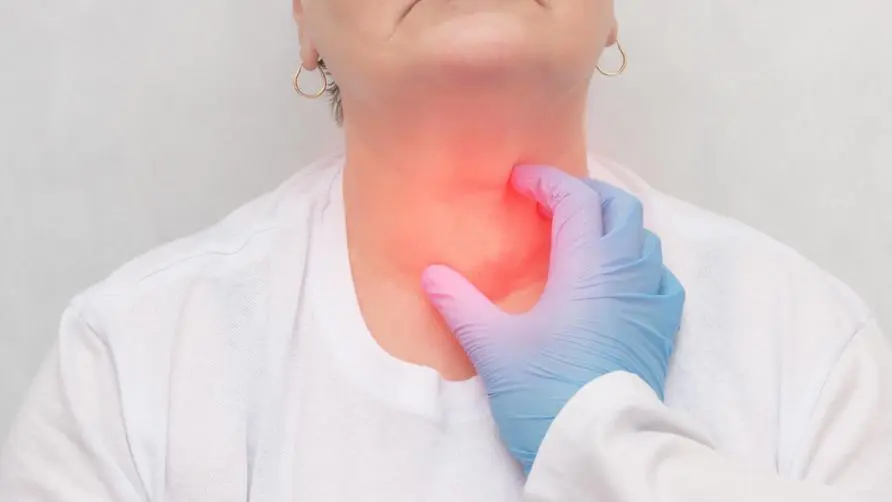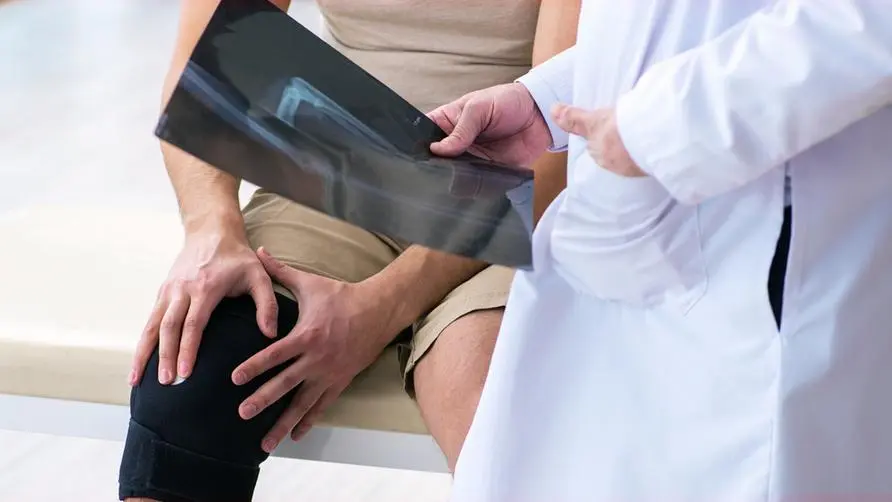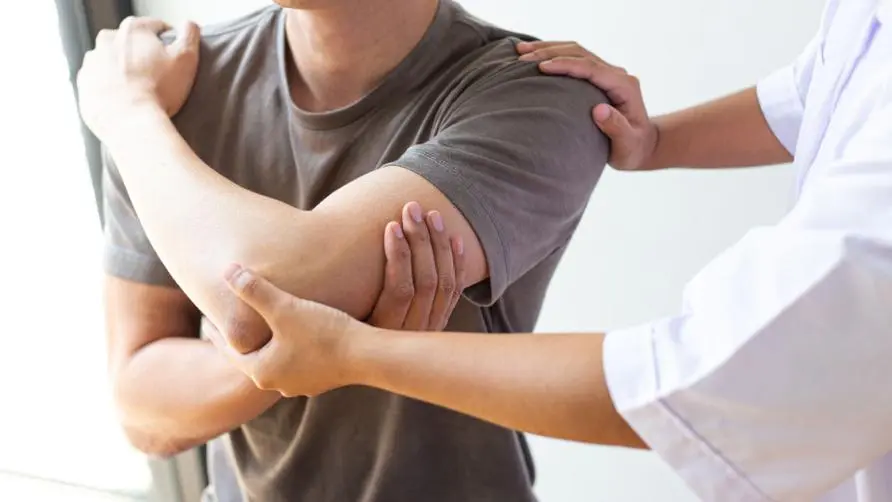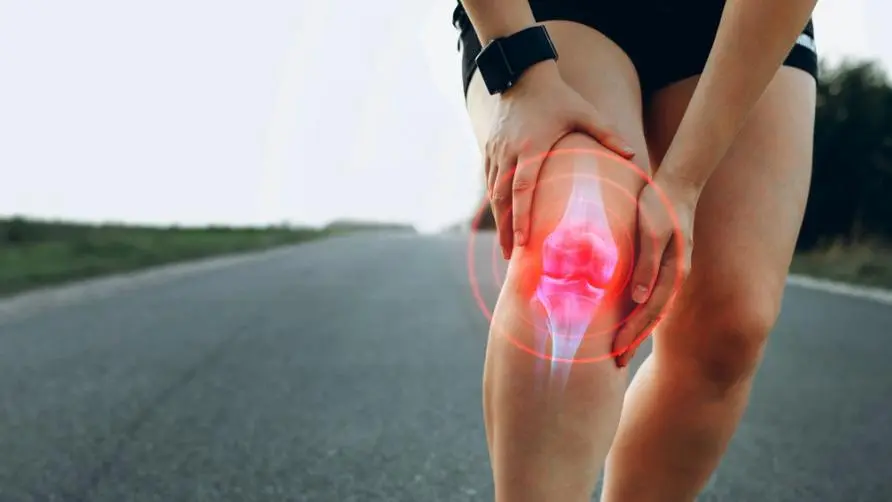Do long bone spurs and intervertebral disc herniations require surgery? Physiotherapist reveals: Only 10% of patients are suitable for prior surgery
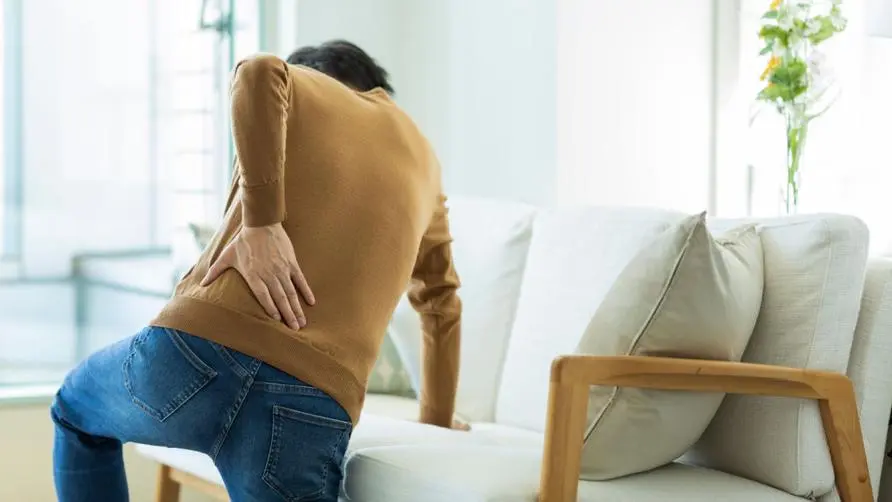
Many elderly people often suffer from “bone spurs” or “disc herniation” as they age. Whether to have surgery is also one of the issues that worries the public. Physiotherapist Chen Xiaoqian posted on social media that after patients walk out of the clinic, they tend to only remember a few keywords explained by the medical staff, or listen to the doctor’s gesticulations about images (such as X-rays, MRI, etc.), and then make mistakes. I thought the condition was so serious that I even needed surgery.
Should surgery be performed if bone spurs are seen in MRI? Is it not necessarily the main cause of low back pain or back pain?
Therapist Chen Xiaoqian pointed out that special attention should be paid to the fact that abnormalities shown in images are often related to “aging”, that is, they appear as people age naturally and do not necessarily mean that they are the main cause of the pain. In the past, many studies conducted MRI examinations on a group of patients without pain or discomfort. The results found that as age increases, the probability of structural abnormalities and degeneration of the spine increases.
These abnormalities include mild disc herniation (Disc bulge), disc degeneration (Disc degeneration), disc stenosis (Disc height loss), facet joint degeneration (Facet degeneration), etc. Therefore, structural abnormalities often seen in X-rays, MRIs, ultrasounds, etc. “do not necessarily mean that they are the cause of pain. Many are normal aging and degeneration phenomena,” especially for the elderly population (age over 65 years old) , these abnormalities are even more common.
“Many people feel panic during the clinic: ‘What should I do if I see a herniated disc on MRI?’, ‘The doctor said I have a bone spur. Is it painful when I walk because it is stabbing me?’ In fact, even if There is no pain. As we age, there are also abnormalities in the images! "
Is imaging examination an “elective” item? Should consultation and physical examination be prioritized?
Therapist Chen Xiaoqian emphasized that in addition to imaging examinations, other tests are also needed to diagnose diseases to help make a correct diagnosis. For example, when a patient walks into the clinic complaining of neck pain or low back pain, the tests that need to be done are definitely not just X-rays, MRIs, etc.; on the contrary, imaging tests are usually “elective” or “the last thing that needs to be done.” Examinations more commonly used to diagnose and find out the cause of pain include questioning, physical examination, palpation, etc.
For example, a 40-year-old woman complained that her shoulders and neck were sore after working all day. The medical staff asked if there were any movements that would make it more obvious (interrogation) and asked the patient to tilt her neck back (physics). Examination), and then actual compression of the patient’s cervical spine and muscles (palpation). Based on the above results, it was found that about 80% of the tests were consistent with “myofascial pain syndrome” and about 20% of the tests were consistent with intervertebral disc herniation. But today, if we look at imaging examinations alone to determine the problem, it may be considered to be a herniated disc.
Long bone spurs and disc herniations do not necessarily require surgery? Physiotherapist: Only 10% of patients are suitable for prior surgery
Therapist Chen Xiaoqian said that many people have undergone surgery before receiving high-quality conservative treatment. For example, because MRI showed disc herniation, lumbar spondylolisthesis, or severe cervical stenosis, they were told to have surgery immediately. However, most studies show that whether it is a problem with the cervical spine, lumbar spine, various joints, etc., it is usually recommended to first undergo 6 months of high-quality conservative treatment. If it is ineffective, surgery will be performed.
“In other words, only 10% of people undergo surgery in advance, usually because they have already figured out that ’the cause of the pain is what is seen on the images, and have already experienced symptoms of severe nerve compression such as urinary incontinence, weakness of hands and feet, and numbness’!” Using muscles For bone diseases, conditions that usually require emergency surgery include severe pain, severe joint instability, severe nerve compression (weakness of hands and feet, numbness of limbs, urinary incontinence), etc.
Is high-quality conservative treatment more important? Simply performing surgery will not necessarily make the disease better
Therapist Chen Xiaoqian listed that high-quality conservative treatments include exercise therapy in physical therapy, manual therapy, etc. Others that can be tried before surgery include: exercise training, ultrasound-guided injection treatment, etc. Therefore, when a patient asks whether the disease is serious, or even “it is hopeless and needs surgery,” etc., it is still recommended to understand the cause of the disease through consultation, physical examination, palpation and other procedures in advance, and then adopt conservative treatment; simply having surgery may not make the symptoms or The disease improves.
In general, therapist Chen Xiaoqian said that as we age, it is common to see abnormalities in imaging examinations. To diagnose or find the cause of pain, we need to combine the results of many examinations, and imaging can only be used as an assistant. High-quality conservative treatment should be carried out for 6 months before surgery. If it is ineffective, surgery should be considered. If you have any questions about your physical health, it is recommended that you discuss it thoroughly with your physician or physical therapist before proceeding with treatment.
Further reading:

